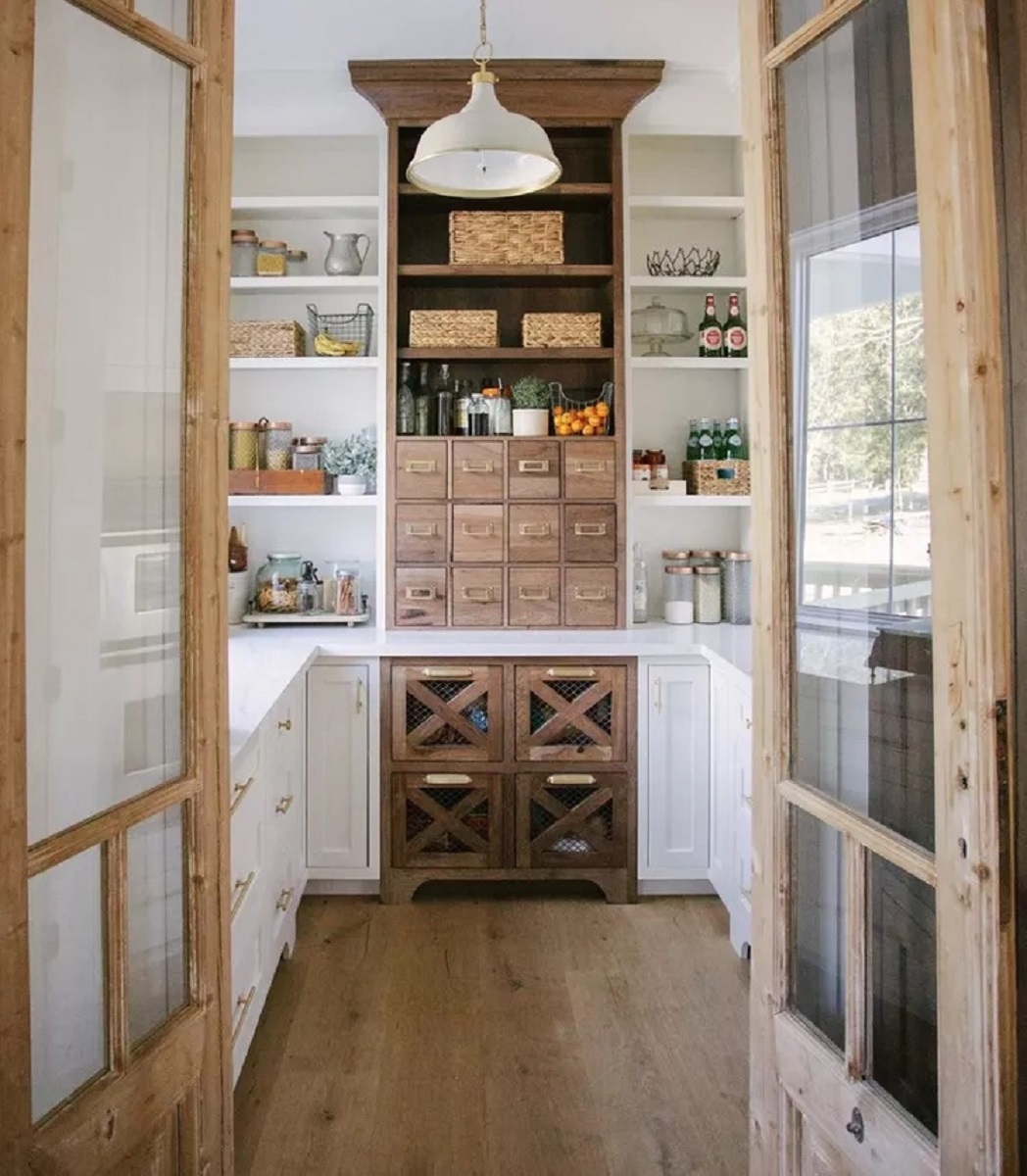

Articles
What Is A Butler Pantry
Modified: January 18, 2024
Discover the convenience and organization of a pantry storage solution with a butler pantry. Enhance your kitchen with functional and stylish pantry storage options.
(Many of the links in this article redirect to a specific reviewed product. Your purchase of these products through affiliate links helps to generate commission for Storables.com, at no extra cost. Learn more)
Introduction
A butler pantry, also known as a serving pantry or a scullery, is a dedicated space in a home that serves as a staging area for food preparation and storage during formal events and gatherings. It is a versatile and functional addition to any house, providing convenience and efficiency when it comes to entertaining guests and serving meals.
In this article, we will explore the definition, purpose, and benefits of a butler pantry. We will also delve into its design, features, and different types. Additionally, we will discuss the components, organization, and storage options that can optimize the functionality of a butler pantry. Finally, we will provide some tips for creating a functional butler pantry that suits your needs and personal style.
Whether you are an avid entertainer or simply someone who enjoys hosting family gatherings, a butler pantry can make a significant difference in your home’s functionality and overall aesthetic appeal. It offers a designated space for organizing and storing items necessary for serving meals, such as silverware, china, glassware, linens, and small appliances.
Moreover, a butler pantry provides a practical solution for managing the chaos that can often arise in the kitchen during large-scale events. It allows you to keep the main kitchen area clean and clutter-free while you prepare and serve meals in a separate space. This not only enhances efficient workflow but also enables you to present your culinary creations with style and grace.
The design and features of a butler pantry can vary based on personal preferences, available space, and the overall style of the home. Whether you opt for a small, discreet pantry or a grand, luxurious one, the primary objective is to have a dedicated space that streamlines your hosting endeavors.
In the subsequent sections, we will dive deeper into the world of butler pantries, exploring the different types, components, layouts, organization methods, and storage solutions. By the end of this article, you will have a comprehensive understanding of what a butler pantry is and how it can greatly benefit your home.
Key Takeaways:
- Elevate your hosting experience with a butler pantry, a versatile space that streamlines meal service, reduces clutter, and showcases your dining treasures. It’s a valuable addition for efficient and elegant entertaining.
- Customize your butler pantry to suit your home and hosting needs, whether it’s a spacious walk-in pantry or a compact reach-in pantry. Optimize storage, workflow, and functionality for seamless meal preparation and service.
Definition of a Butler Pantry
A butler pantry is a specialized area within a home that is designed to assist in serving meals and hosting events. It is typically located adjacent to or near the kitchen and dining room, providing easy access to both areas. While the main kitchen is primarily focused on food preparation, the butler pantry serves as a transitional space for storing, organizing, and serving meals.
In essence, a butler pantry acts as a buffer zone between the kitchen and the dining area, allowing for a seamless and efficient flow of food and service during formal events. It is a versatile space that can be tailored to meet the specific needs and preferences of the homeowner.
One of the key features of a butler pantry is its ample storage capacity. It is equipped with cabinets, shelves, and drawers to accommodate a wide range of items essential for hosting occasions, such as china, glassware, serving platters, linens, and utensils. This dedicated storage space ensures that all the necessary items are within easy reach, eliminating the need to run back and forth between the kitchen and the dining room.
Another defining characteristic of a butler pantry is the inclusion of functional countertop space. This surface area serves multiple purposes, including food preparation, staging, and plating. It allows for convenient arrangement of dishes, garnishes, and beverages, enabling the host to efficiently serve guests without cluttering the main kitchen area.
Furthermore, a butler pantry often features additional amenities to enhance its functionality. These can include a sink for rinsing and washing, a refrigerator or wine cooler for storing beverages, and even a dishwasher for quick cleanup. These additional amenities contribute to the seamless flow and ease of hosting events.
Overall, a butler pantry is a dedicated space that offers practicality, efficiency, and elegance when it comes to hosting formal gatherings. It provides a centralized location for storing, organizing, and serving meals, ensuring a smooth and enjoyable dining experience for both the host and the guests.
Purpose and Benefits
The purpose of a butler pantry extends beyond mere storage and convenience. It serves as a vital asset in maximizing the efficiency and elegance of any home’s hosting capabilities. Here are some key benefits of incorporating a butler pantry into your space:
- Efficient Workflow: A butler pantry enhances the efficiency of serving meals by providing a designated area for staging and organizing. With everything within reach, you can quickly and seamlessly transition from the kitchen to the dining area, ensuring smooth and timely service to your guests.
- Clutter Management: Hosting events often involves a variety of serving utensils, china, glassware, and linens. A butler pantry helps declutter the primary kitchen space by offering ample storage for these items. This reduces visual clutter and allows for a more organized and aesthetically pleasing environment.
- Convenient Storage: With dedicated storage space, a butler pantry ensures that all your entertaining essentials are easily accessible. You can neatly arrange and categorize your items, keeping everything in its rightful place. This eliminates the need to search through crowded cabinets or drawers and saves valuable time when setting up for an event.
- Preserving Valuables: Fine china, delicate glassware, and heirloom silverware often hold sentimental value. A butler pantry provides a secure and controlled environment where you can store and display these cherished pieces. This helps protect them from potential damage or accidental mishandling during larger gatherings.
- Enhancing Presentation: A well-designed butler pantry allows you to showcase your dining treasures and elevate the presentation of your meals. With strategically placed open shelves or glass-front cabinets, you can display elegant serving platters, beautiful stemware, and decorative accents that add a touch of sophistication to your dining experience.
- Hosting Versatility: Having a butler pantry expands your hosting capabilities. Whether it’s a formal dinner party, a holiday gathering, or simply a casual brunch, you can effortlessly adapt the space according to the specific needs of your event. This versatility allows you to accommodate different styles of entertaining and create a memorable experience for your guests.
- Effortless Cleanup: With amenities such as a sink, dishwasher, and dedicated countertop space, a butler pantry streamlines the cleanup process. It eliminates the need to carry dirty dishes and utensils back and forth between the dining room and the kitchen, allowing you to efficiently handle post-event clean-up without disrupting the flow of the gathering.
A butler pantry offers a range of benefits that enhance both the functionality and aesthetics of your home. It optimizes your hosting capabilities, reduces clutter, and provides a stylish and efficient space for serving meals. Whether you are hosting intimate gatherings or grand events, a butler pantry is a valuable addition that elevates your hosting experience to new heights.
Design and Features
The design and features of a butler pantry play a crucial role in both its functionality and visual appeal. Here are some key aspects to consider when planning the design of your butler pantry:
- Layout: The layout of a butler pantry should be efficient and conducive to seamless workflow. It should allow for easy movement between the kitchen, dining area, and pantry itself. Consider the proximity to the main kitchen and dining room when determining the layout to ensure convenient accessibility.
- Size: The size of a butler pantry may vary depending on the available space and the specific needs of the homeowner. It can range from a small nook with a few cabinets and shelves to a spacious room equipped with multiple workstations, ample storage, and additional amenities.
- Cabinetry: A well-designed butler pantry incorporates high-quality cabinetry that is not only functional but also visually appealing. Choose cabinets that provide ample storage space, adjustable shelves, and easy access to items. Consider options such as glass-front doors to showcase elegant china or decorative serveware.
- Countertop Space: Adequate countertop space is essential in a butler pantry. It allows you to stage and organize meals, prepare drinks, and arrange serving platters. Consider materials that are durable, easy to clean, and complement the overall design aesthetic of your pantry.
- Lighting: Proper lighting is essential to showcase the contents of your butler pantry and create an inviting atmosphere. Utilize a combination of ambient, task, and accent lighting to highlight specific areas, such as glass-front cabinets or a designated beverage station.
- Additional Amenities: Depending on your needs and preferences, you may consider incorporating additional amenities into your butler pantry. These can include a sink for food preparation and cleanup, a wine refrigerator or beverage cooler to keep drinks at the optimal temperature, or even a dishwasher for easy cleanup after events.
- Door Style: The door style of a butler pantry can greatly impact the overall aesthetic of the space. Choose a style that complements the existing decor of your home. Options range from traditional raised panel doors to sleek modern designs.
- Finishes and Hardware: Pay attention to the finishes and hardware of your butler pantry to ensure a cohesive and visually pleasing look. Coordinate the finishes of the cabinets, countertops, and backsplash to create a harmonious design. Choose hardware that matches the style and complements the overall aesthetic.
When designing your butler pantry, consider the specific needs of your household and the style of your home. Ensure that the design and features align with your hosting requirements and personal preferences. By carefully considering these design elements, you can create a butler pantry that is not only highly functional but also visually stunning.
Types of Butler Pantries
A butler pantry can be customized to suit various styles, needs, and available space within a home. Here are some common types of butler pantries:
- Walk-In Butler Pantry: This type of butler pantry is a separate room with its own entrance. It is spacious and offers ample storage and countertop space. A walk-in butler pantry allows for easy access and provides a designated area for storage, organization, and prepping meals.
- Reach-In Butler Pantry: A reach-in butler pantry is a smaller version of a walk-in pantry. It typically features a combination of cabinets, shelves, and a countertop within a compact space. It offers functional storage and workspace while maximizing the available square footage.
- Butler’s Cabinet: A butler’s cabinet is a built-in unit that resembles a traditional armoire or hutch. It features upper cabinets or open shelving for display and lower cabinets for concealed storage. A butler’s cabinet is an excellent option for homeowners who have limited space but still want the convenience and functionality of a butler pantry.
- Butler’s Pantry Nook: This type of butler pantry makes use of an existing nook or alcove in the home. It typically features a combination of open shelves or cabinets and a small countertop space. A butler’s pantry nook offers a practical solution for homeowners who have limited space but still desire the benefits of a butler pantry.
- Hidden Butler Pantry: A hidden butler pantry is designed to be concealed behind a wall or a set of doors. It provides a seamless integration with the surrounding space, appearing as a regular wall when closed. When opened, it reveals an organized and functional pantry area. A hidden butler pantry is an excellent option for homeowners who value aesthetics and want to maintain a clean and sleek visual appearance.
When selecting the type of butler pantry that best suits your needs, consider factors such as available space, desired functionality, and overall design aesthetic. Each type has its advantages and can be customized to match your home’s style and your personal preferences. Whether you opt for a spacious walk-in pantry or a compact reach-in pantry, the key is to have a dedicated space that optimizes your hosting capabilities and enhances the overall functionality of your home.
A butler’s pantry is a small room or area used for storing serving pieces, glassware, and other items for entertaining. It often includes a countertop for food and beverage preparation.
Components and Layout
A well-designed butler pantry includes various components and a thoughtful layout that maximizes functionality and efficiency. Here are the key components and considerations when planning the layout of your butler pantry:
- Cabinets and Shelves: Cabinets and shelves are essential components of a butler pantry as they provide storage for dishes, glassware, linens, and other serving essentials. Consider adjustable shelves to accommodate items of various sizes and heights. Incorporate a combination of closed cabinets for concealed storage and open shelves for easy access and display purposes.
- Countertop Space: Ample countertop space is crucial for food preparation, staging, and serving. Incorporate a spacious countertop where you can layout dishes, arrange food platters, or even set up a small beverage station. Choose a durable and easy-to-clean material that complements the overall design aesthetic of your pantry.
- Sink and Dishwasher: If space allows, consider including a sink for convenient food preparation, rinsing, and cleanup. A sink can prove invaluable when it comes to prepping fruits and vegetables or washing delicate glassware. Additionally, installing a small dishwasher in your butler pantry can greatly simplify the post-event cleanup process.
- Lighting: Proper lighting is essential to ensure visibility and showcase the contents of your pantry. Incorporate a combination of ambient, task, and accent lighting. Under-cabinet lights can enhance visibility while accent lighting can highlight specific areas such as glass-front cabinets or a display shelf.
- Appliances: Depending on your needs and preferences, you may opt to include certain appliances in your butler pantry. This can range from a wine refrigerator or beverage cooler for storing and chilling drinks to small appliances like a microwave or coffee maker for easy access and convenience during gatherings.
- Layout Considerations: When planning the layout of your butler pantry, consider the workflow and ease of movement within the space. Aim for an efficient and logical flow from the main kitchen area to the pantry and then to the dining room. Place frequently used items within reach and organize the layout in a way that minimizes the risk of collisions or congestion during meal preparation or service.
- Accessibility: Ensure that your butler pantry is easily accessible from both the kitchen and dining room. Consider installing a swing or pocket door for easy entry and exit. This allows you to quickly retrieve items from the pantry without disrupting the flow of your gathering.
By incorporating these essential components and carefully considering the layout of your butler pantry, you can create a functional and efficient space that caters to your hosting needs. The key is to strike the right balance between storage, workspace, and accessibility while maintaining a seamless flow between the kitchen, pantry, and dining area.
Organization and Storage
Effective organization and storage are crucial elements of a well-designed butler pantry. Here are some tips to help you optimize the organization and storage of your pantry:
- Categorize and Group: Group similar items together to facilitate easy access and organization. Consider categorizing items by type, such as glassware, dinnerware, serving utensils, linens, and small appliances. This helps to streamline the retrieval process and ensures that everything has its designated place.
- Utilize Adjustable Shelving: Incorporate adjustable shelves in your pantry to accommodate items of various sizes. This flexibility allows you to customize the height between shelves to fit specific items, whether it’s tall glasses or stacked serving platters.
- Maximize Vertical Space: Make use of vertical space by installing tall cabinets or shelving units. Slender items such as trays, cutting boards, and baking sheets can be stored vertically to save space and improve accessibility.
- Consider Glass-Front Cabinets: Glass-front cabinets not only add visual appeal to your pantry but also make it easier to locate and display items. Consider using these cabinets to showcase fine china, crystal stemware, or decorative pieces that contribute to the overall aesthetic of your pantry.
- Invest in Drawer Organizers: Drawer organizers are invaluable for keeping cutlery, serving utensils, and small gadgets properly sorted. They prevent items from shifting and becoming disorganized, making it easy to quickly find what you need.
- Label Containers and Shelves: Labeling containers, bins, and shelves can significantly enhance the ease of organization. Use clear, adhesive labels or chalkboard labels to indicate the contents of each container or shelf. This ensures that items are returned to their designated place, reducing clutter and promoting a tidy pantry.
- Maintain a Rotation System: If you frequently host events or have a large collection of perishable goods, implement a rotation system to ensure that items are used before they expire. Place newer items at the back of shelves and bring older items to the front for easy visibility and accessibility.
- Utilize Wall Space: Don’t overlook the vertical wall space in your butler pantry. Install hooks or racks to hang aprons, oven mitts, and kitchen tools. This maximizes storage and keeps frequently used items easily accessible.
- Consider Storage Containers: Investing in storage containers can help maintain the freshness and organization of your pantry staples. Opt for airtight containers for dry goods such as flour, sugar, and cereal. Clear containers make it easy to see when supplies are running low and help maintain an organized and visually pleasing pantry.
By implementing these organization and storage tips, you can create a well-structured and efficient butler pantry. Not only will this make it easier to find and access items when hosting events, but it will also contribute to an overall visually appealing and clutter-free space.
Functionality and Workflow
The functionality and workflow of a butler pantry play a significant role in its effectiveness as a space for serving and hosting. Consider the following tips to optimize the functionality and streamline the workflow of your butler pantry:
- Zoning: Divide your butler pantry into specific zones based on the tasks at hand. Create distinct areas for prepping, staging, and storage. This zoning approach ensures that every aspect of meal preparation and service has its dedicated space, allowing for a smooth and efficient workflow.
- Clear Countertop Space: Maintain clear countertop space to facilitate meal preparation and staging. Avoid cluttering the countertops with unnecessary items to ensure you have ample workspace. Use countertop organizers or separate areas for specific tasks, such as a beverage station or a designated area for plating.
- Ease of Access: Arrange items within your butler pantry based on frequency of use and accessibility. Place regularly used items in easily accessible locations, ideally at eye level or within arm’s reach. This ensures smooth and efficient retrieval during meal preparation and service, minimizing the need for unnecessary movement and searching for items.
- Efficient Traffic Flow: Arrange the layout of your butler pantry to allow for a logical and efficient traffic flow. Minimize obstacles and bottlenecks by ensuring there is ample space for movement between different areas and equipment. This promotes a seamless and organized workflow, especially during busy or larger gatherings.
- Designate Staging Area: Set aside a specific area within your butler pantry as a staging area. This is where you can arrange serving platters, garnishes, and beverages before bringing them to the dining room. Having a dedicated staging area streamlines the presentation of the meal and allows you to focus on the final touches before serving.
- Clean as You Go: Embrace the “clean as you go” approach in your butler pantry. Throughout meal preparation and service, tidy up and put away any unused items or dirty dishes promptly. This helps maintain an organized space and ensures that you can readily access items you need without interference from clutter.
- Consider Workflow Triangle: As in traditional kitchen design, consider the workflow triangle concept in your butler pantry. This concept involves placing the sink, refrigerator, and primary countertop in close proximity, forming an efficient triangle for frequent movement during meal preparation and service.
- Optimize Lighting: Adequate lighting is essential in a functional butler pantry. Ensure that the pantry is well-lit, with focused task lighting above the countertop areas. Bright lighting allows for accurate food preparation and assists with reading labels, enhancing overall functionality and efficiency.
By considering these tips for functionality and workflow, you can create a butler pantry that streamlines the meal preparation and serving process. A well-designed and organized space ensures efficient movement and reduces stress, allowing you to focus on enjoying the company of your guests and hosting memorable events.
Tips for Creating a Functional Butler Pantry
Creating a functional butler pantry requires careful planning and attention to detail. Here are some tips to help you design and organize your pantry for optimal functionality:
- Assess Your Needs: Consider your specific lifestyle, hosting habits, and storage requirements. Assess the types of items you frequently use during gatherings and the organizational systems that would best suit your needs.
- Prioritize Storage: Determine the amount of storage space you need based on the items you plan to store in your butler pantry. Ensure that there is ample room for dishes, glassware, utensils, linens, and any other serving essentials you regularly use.
- Maximize Vertical Space: Utilize the height of your pantry by installing tall cabinets, shelves, or racks. This allows you to maximize storage capacity and take advantage of often-underutilized vertical space.
- Invest in Quality Materials: Choose durable and easy-to-clean materials for your pantry cabinets, shelves, and countertops. Opt for materials that are resistant to stains, moisture, and scratches, as they will withstand frequent use and make maintenance more manageable.
- Consider Accessibility: Ensure that items are easily accessible based on frequency of use. Store frequently used items at eye level or within easy reach to minimize the need for bending or excessive movement.
- Use Clear Containers: Store dry goods and pantry staples in clear, airtight containers. This not only helps maintain freshness but also allows you to quickly identify when supplies are running low.
- Label Everything: Label containers, shelves, and drawers to provide clear indications of what is stored in each space. This facilitates easy retrieval and ensures that items are returned to their proper place after use.
- Utilize Drawer Organizers: Incorporate drawer organizers to keep cutlery, serving utensils, and small gadgets neatly sorted and easily accessible. This prevents items from shifting and helps maintain an organized pantry space.
- Install Task Lighting: Ensure that your butler pantry is well-lit, especially above the countertop areas. Install task lighting to provide focused illumination for food preparation and to enhance visibility of your pantry contents.
- Regular Maintenance: Dedicate time to regularly maintain and declutter your butler pantry. Take inventory, discard expired items, and ensure that things are properly organized. This will help keep your pantry functional and prevent unnecessary clutter from accumulating.
By following these tips, you can create a functional butler pantry that optimizes storage, enhances workflow, and adds to the overall functionality of your home. A well-designed and well-organized pantry will make hosting events and serving meals a breeze, allowing you to fully enjoy the experience of entertaining guests.
Read more: What Is A Pantry Cabinet
Conclusion
A butler pantry is a valuable addition to any home, offering enhanced functionality and efficiency when it comes to serving and hosting events. It serves as a dedicated space for organizing, storing, and staging meals, ensuring a seamless and enjoyable dining experience for both the host and the guests.
Throughout this article, we have explored the definition, purpose, and benefits of a butler pantry. We have delved into its design, features, and various types, showcasing the versatility and customization options available. Additionally, we have discussed the components, layout, organization, and storage considerations that contribute to a functional and well-optimized pantry space.
A butler pantry not only maximizes storage capacity and provides a dedicated area for meal preparation and service but also adds elegance and sophistication to your home. It allows you to showcase and preserve your fine china, glassware, and serving utensils while keeping your main kitchen area clean and clutter-free during gatherings.
By implementing the tips provided for creating a functional butler pantry, you can design a space that caters to your unique needs and enhances your hosting capabilities. The careful organization, efficient workflow, and attention to detail will not only make meal preparation and serving more manageable but also elevate the overall ambiance and experience for both you and your guests.
So, whether you have ample space for a walk-in pantry or are considering a compact reach-in pantry, remember that a well-designed butler pantry is a valuable investment that offers convenience, organization, and an elevated hosting experience.
In conclusion, embrace the possibilities of a butler pantry, create a space that reflects your personal style and needs, and enjoy the pleasure of hosting with ease and grace.
Frequently Asked Questions about What Is A Butler Pantry
Was this page helpful?
At Storables.com, we guarantee accurate and reliable information. Our content, validated by Expert Board Contributors, is crafted following stringent Editorial Policies. We're committed to providing you with well-researched, expert-backed insights for all your informational needs.
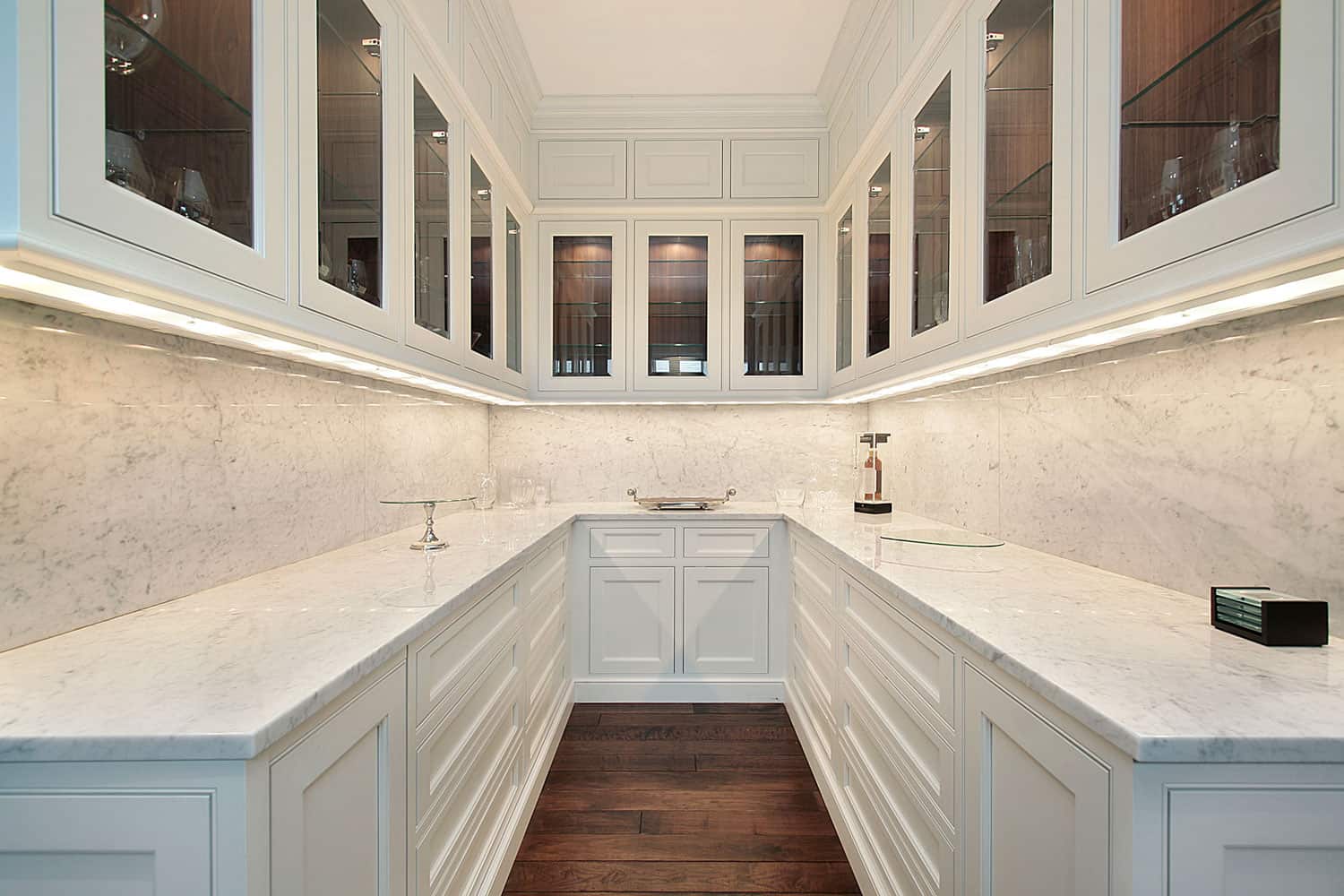
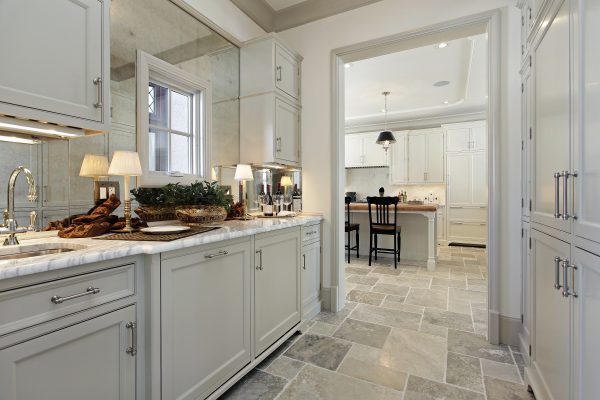
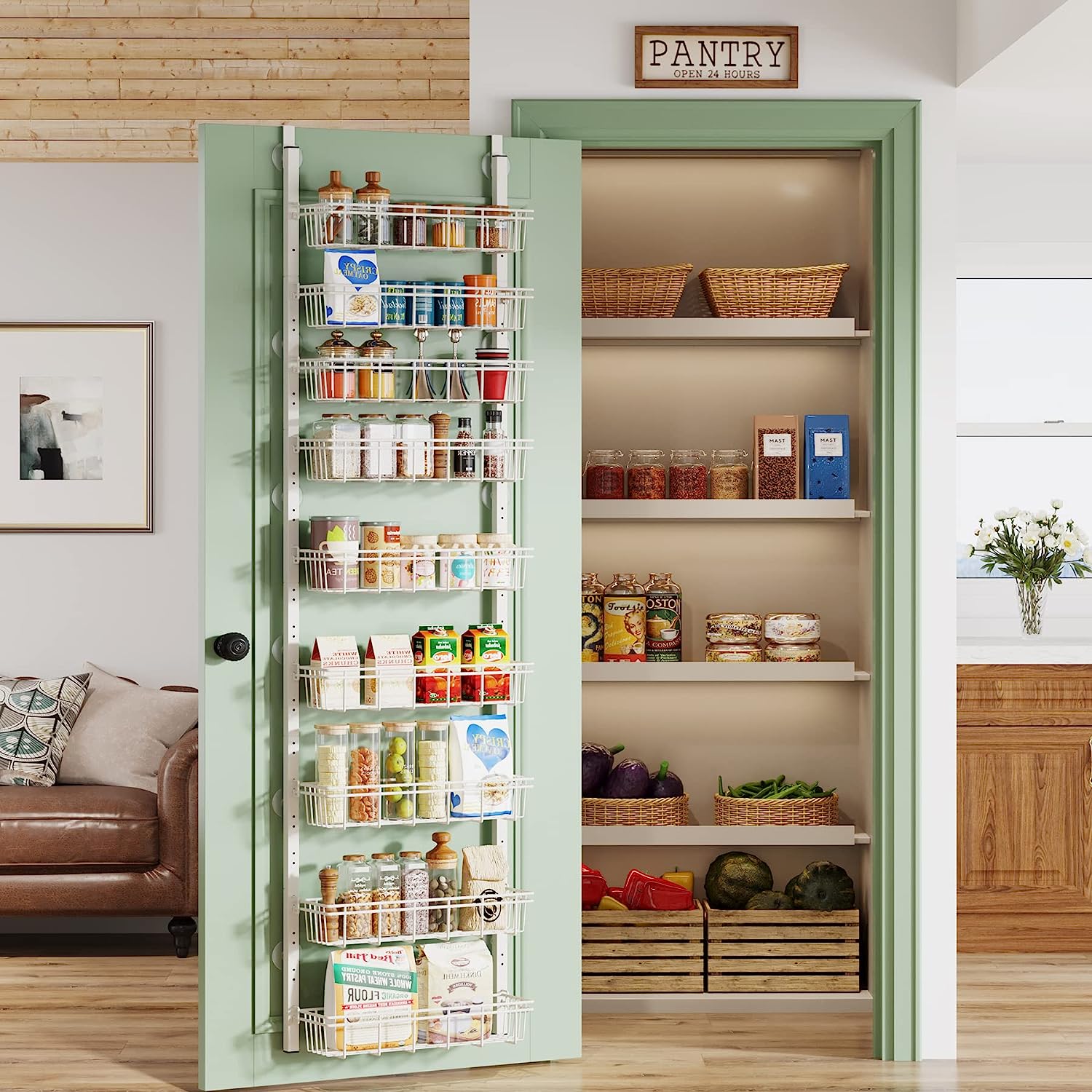
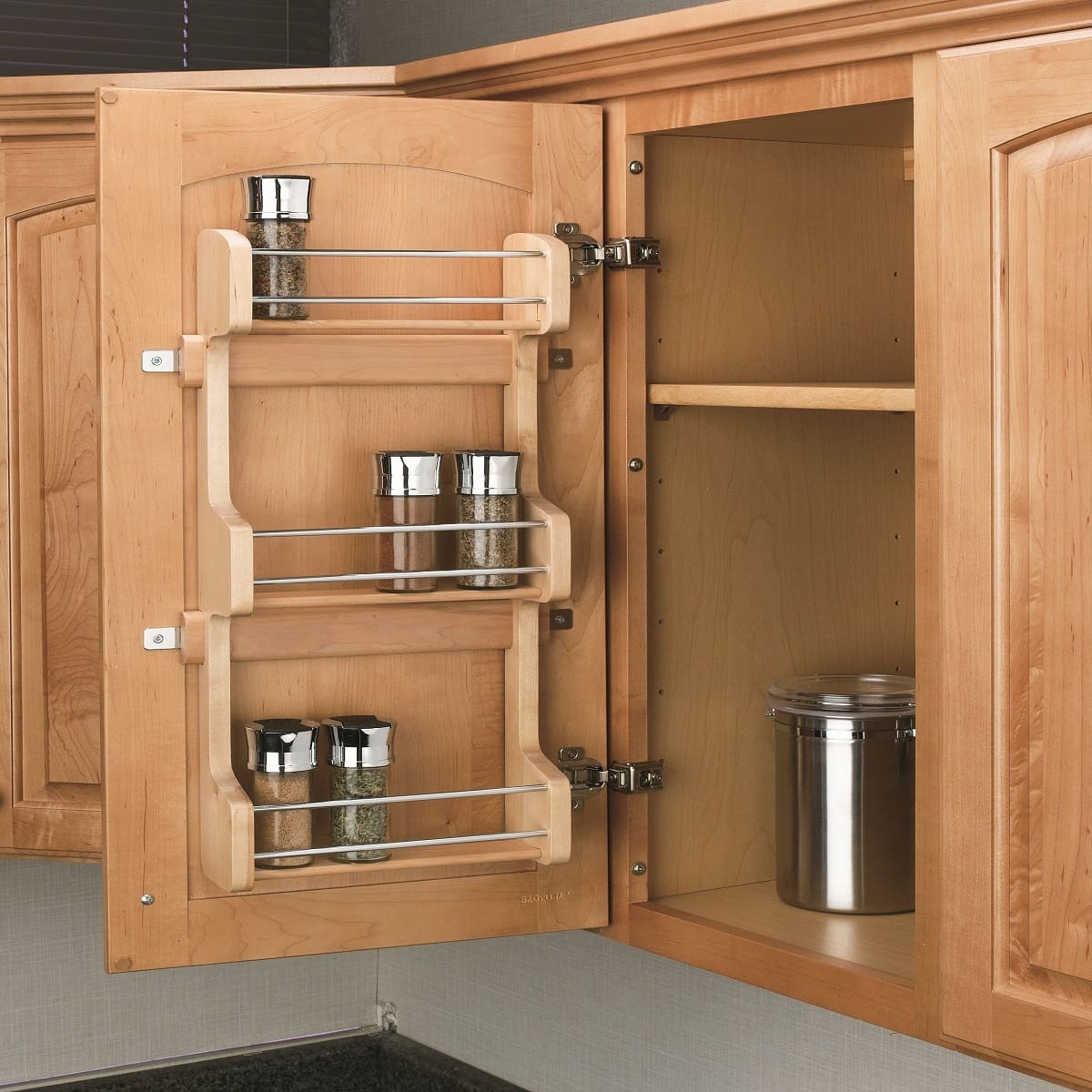
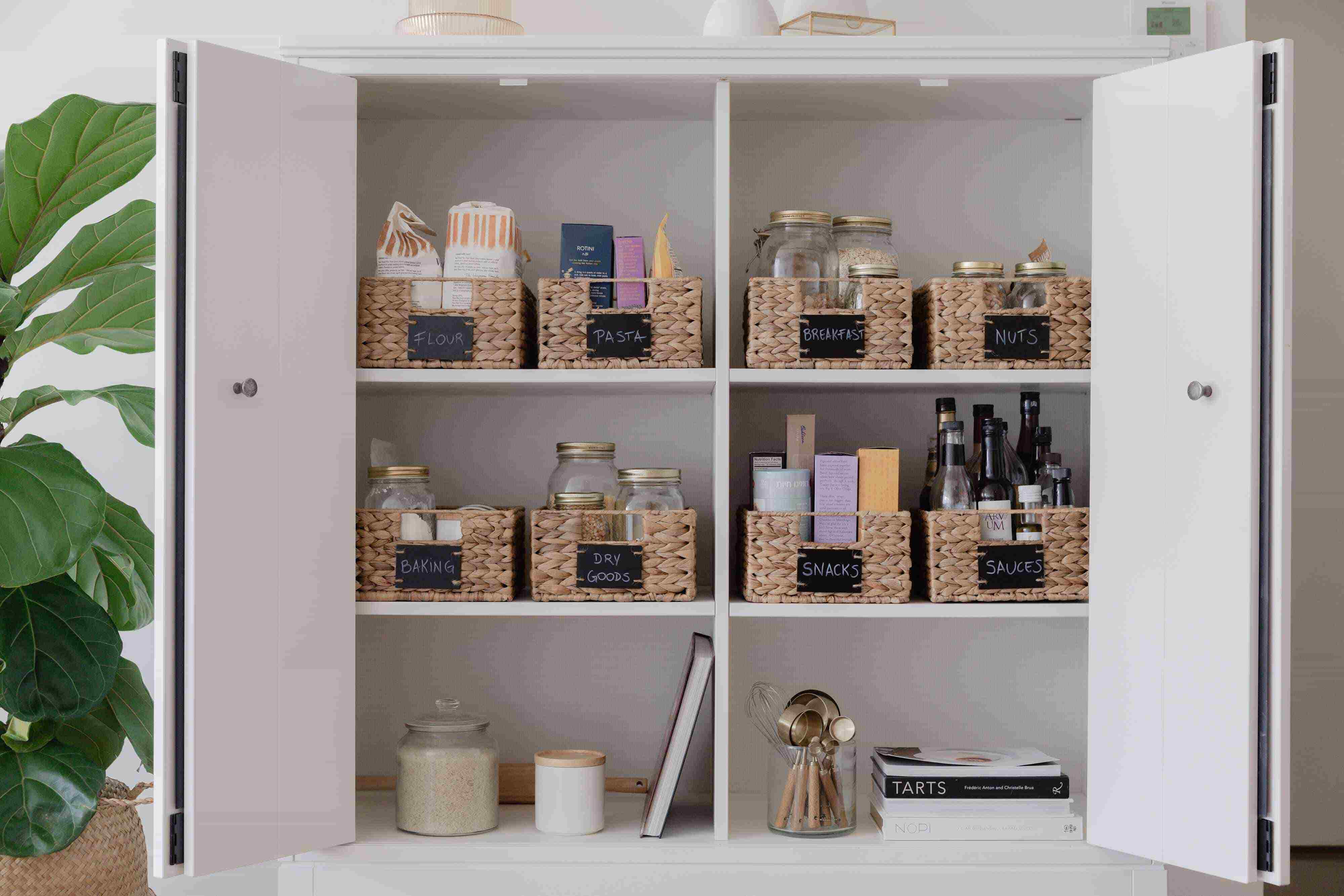
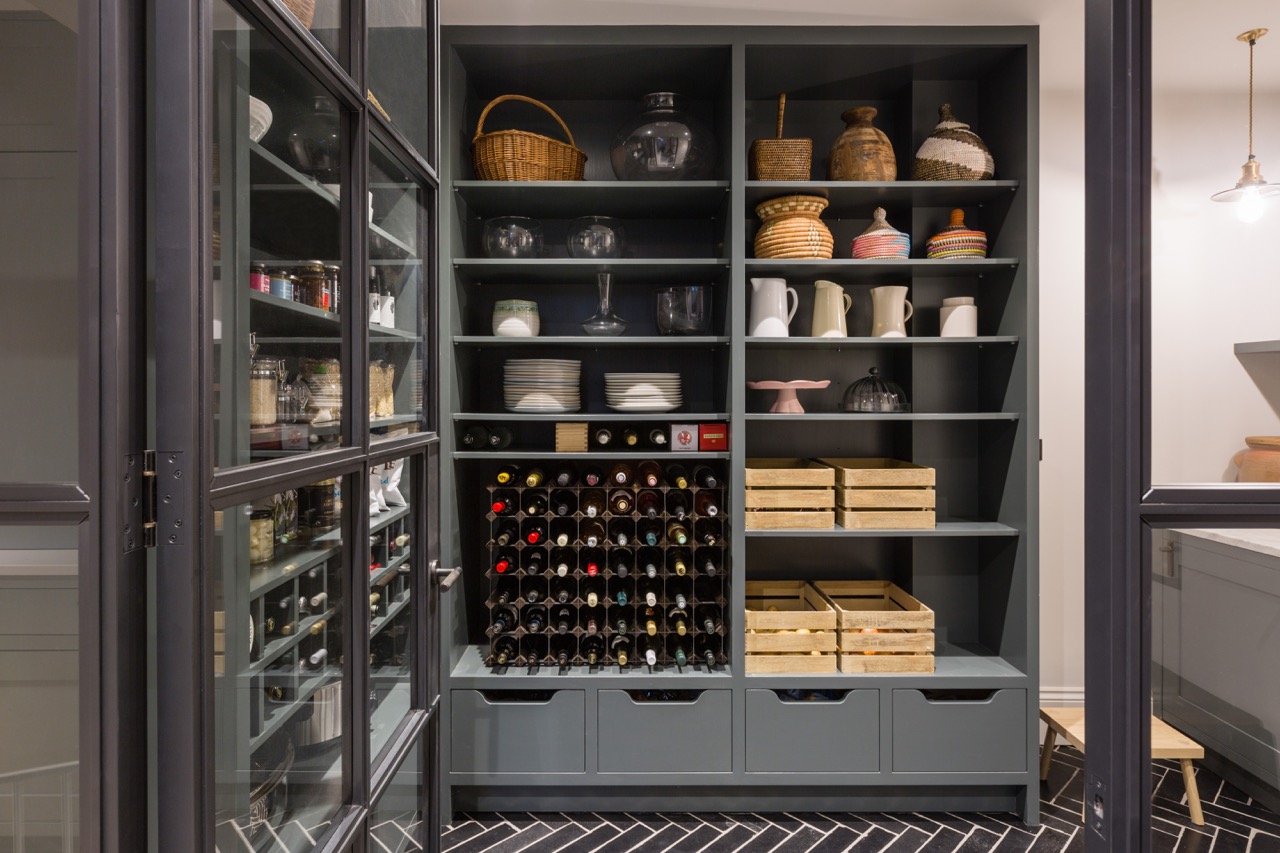
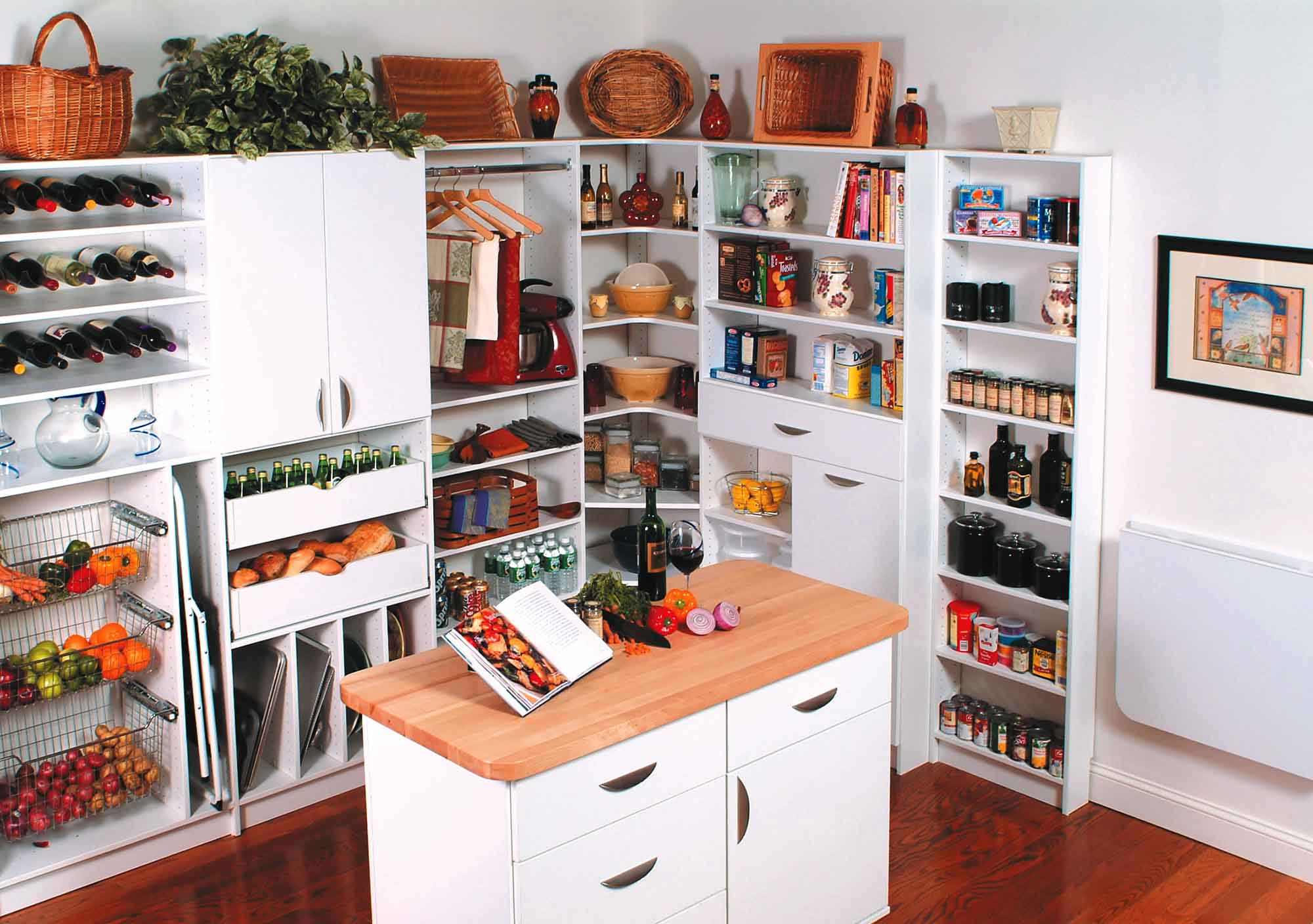
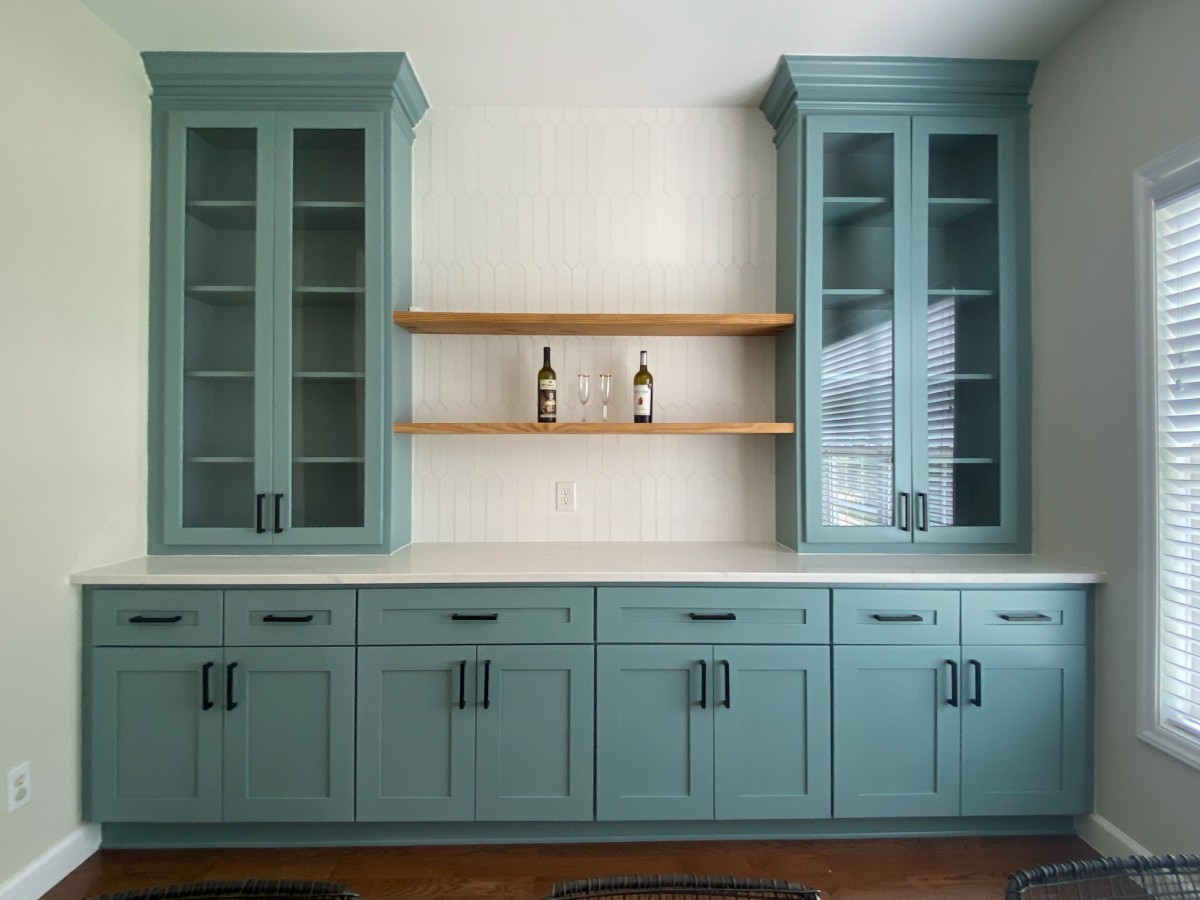
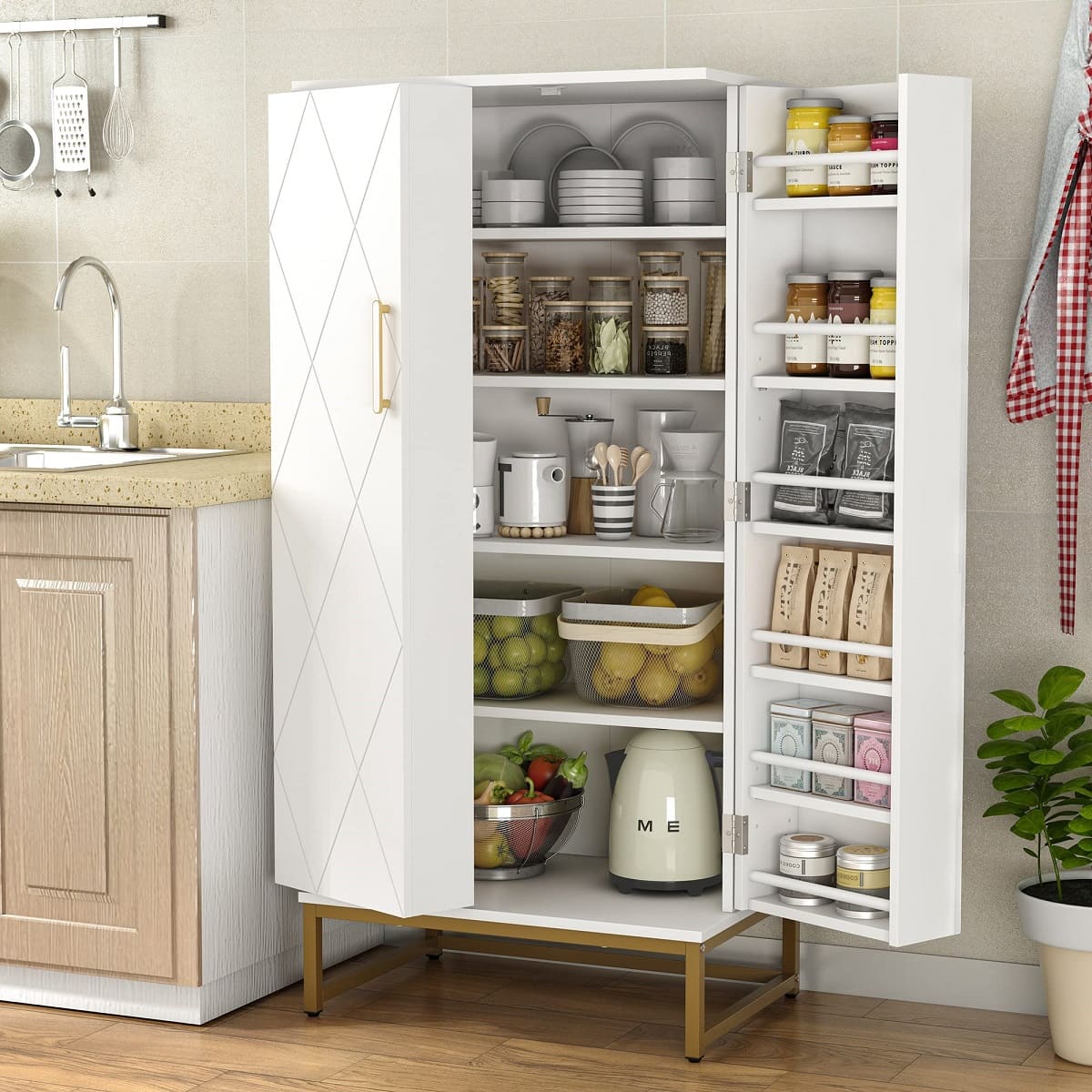
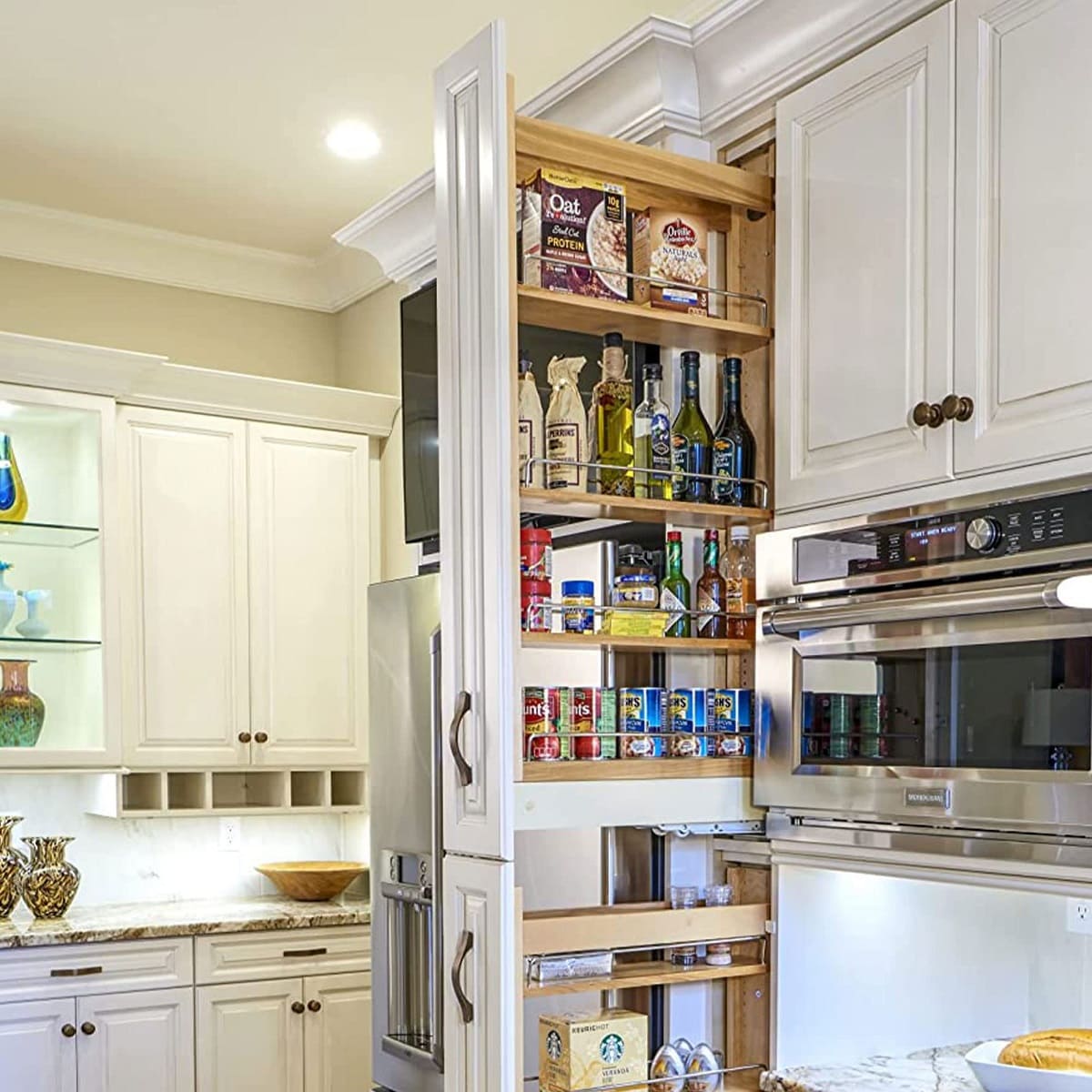
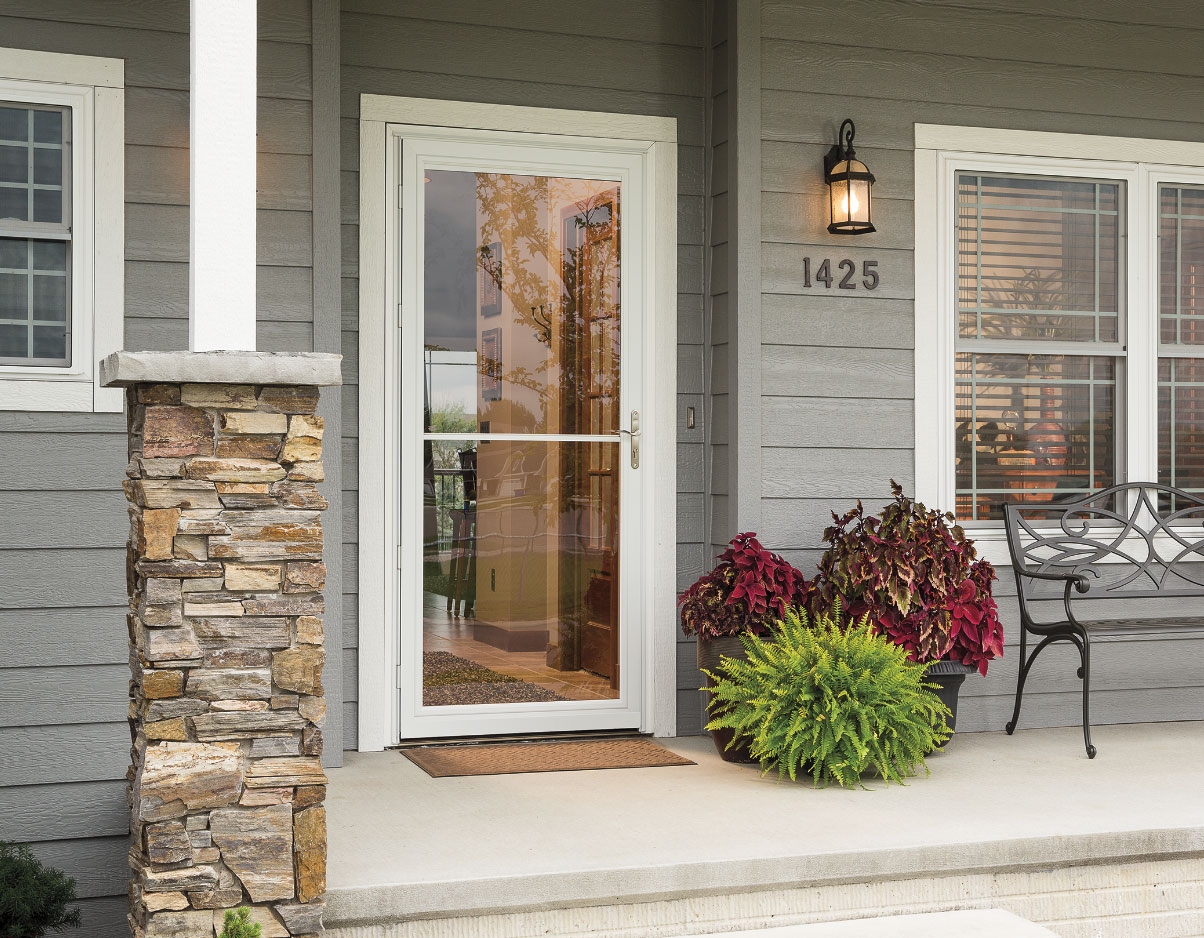
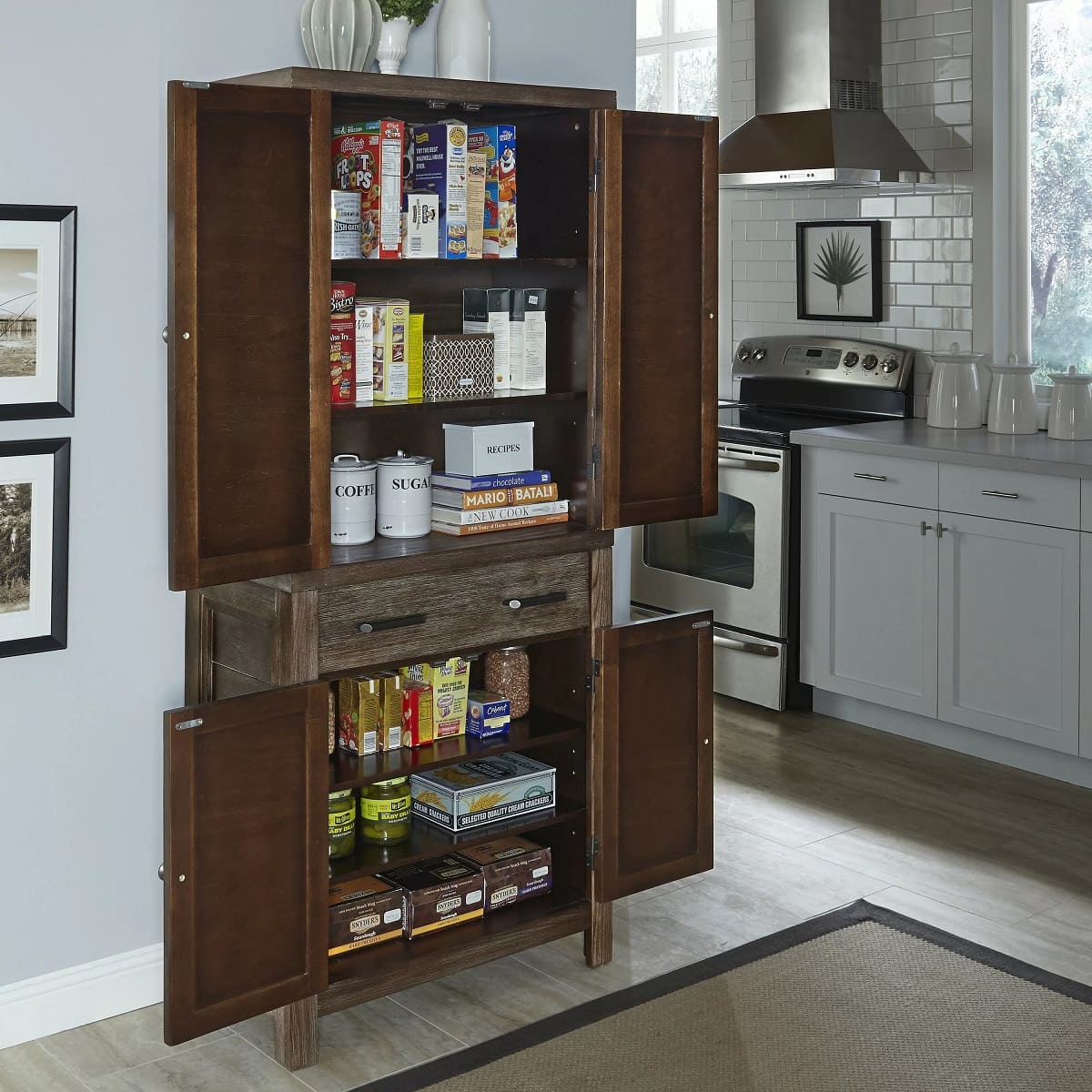
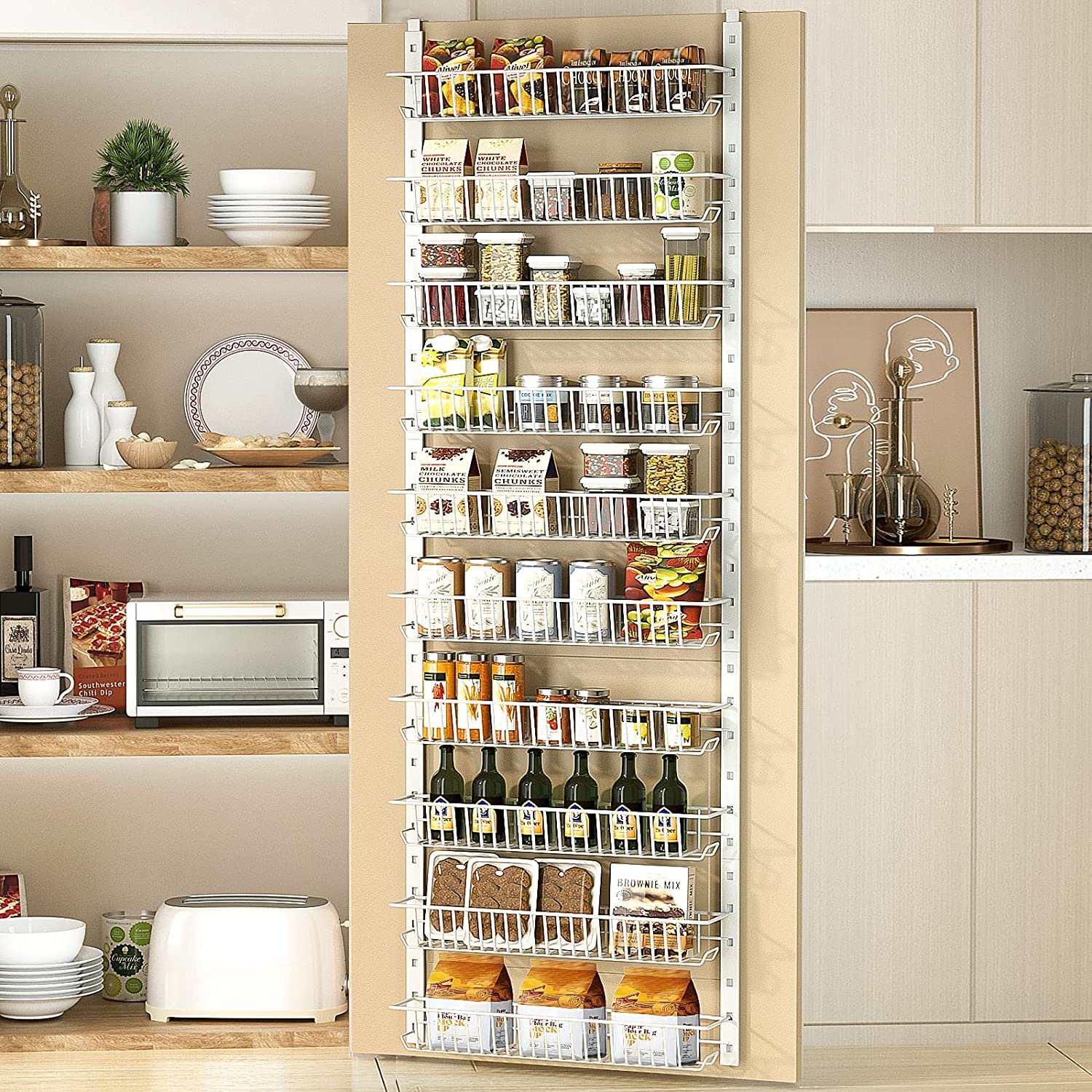

0 thoughts on “What Is A Butler Pantry”